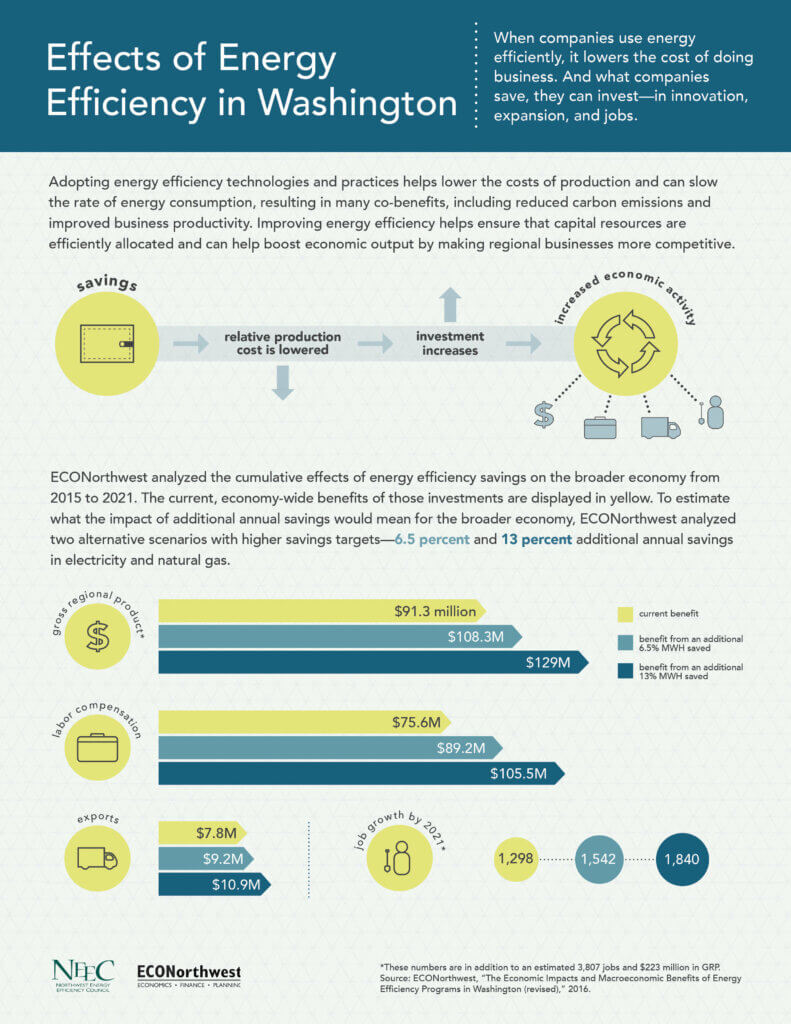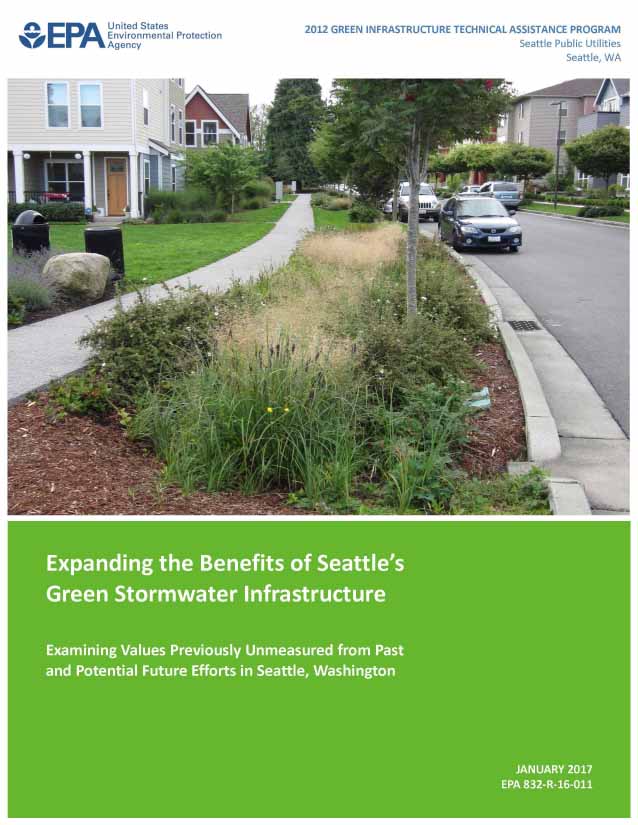The Pacific Northwest conjures images of hiking boots, serene moss-bound forests, and cascading falls—and during the COVID-19 pandemic, more people than ever are finding relaxation and solace in engaging with the outdoors. This surge of backcountry activity has led to heavy use of forests and recreation areas. However, without increased resources and attention to go along with increased use, the trails people love could fall into disrepair. To address this issue, ECONorthwest worked with the U.S. Forest Service and Deschutes Trails Coalition (a local stewardship group) to evaluate the contributions of Deschutes National Forest to the local economy as well as the well-being of the regional resident and visitor population. This project was part of a larger push by the Forest Service to pinpoint the benefits of trails and understand whether the current quality and quantity of hiking, biking, and recreation trails meet community needs.

We projected visitation, costs, and benefits of the trails 30 years into the future. We found that at its current trend, Deschutes National Forest needs at least $1-$2 million in additional annual funding just for maintenance (including deferred) to keep the trail system in a functional condition. Other capital investments are justified as well, considering the trends in outdoor recreation demand. The benefits and economic impacts are enjoyed by regional residents and visitors alike, justifying these investments that return benefits orders of magnitude greater than the costs.
What We Found:
- Visits are up, but funding is down: While national forests in the Pacific Northwest are seeing increasing recreation demand, available funds to operate and maintain the trail infrastructure are in decline, as timber revenues stay below historical levels and costs for wildfire fuel treatment and restoration efforts increase.
- Trail funding does not match the benefit they provide: An important emerging trend is local stewardship and support of forests, such as the “$1 for Trails” program of Deschutes Trails Coalition. The $1 for Trails program allows local businesses to collect $1 from patrons to go towards local trail maintenance. To illustrate the benefits of such a donation, we were tasked with describing the social benefits of trails, calculating the measurable benefits that trails bring to the community, and showing that existing trail funding did not match the level of benefits these trails provide.
- Trails provide value to visitors, jobs for locals, and an influx of money to the local economy: Our analysis of the over 800,000 annual trail-based visits to Deschutes National Forest found over $80 million in annual value to visitors, and separately over $80 million in annual spending, supporting over 800 jobs. Using these numbers, we calculated that visitors contributed $81 million annually to the local economy (via food, lift tickets, and hotel accommodations) in addition to the value they enjoy from their trips.
- Trails cannot be maintained with the current level of funding: We looked at the Deschutes National Forest’s trail maintenance costs and found that at their current level, funds could not keep up with the level of use the trails support. Under-maintenance could lead to fewer trails open at a given time, or a less enjoyable experience for visitors as open trails are overwhelmed and facilities are stressed.

- Read the Final Report
- Deschutes Trails Coalition






